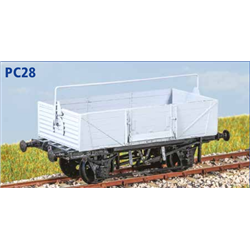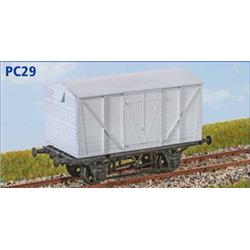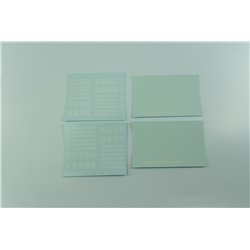Weathering locomotives and rolling stock is a great way to add realism and character to a model railway. It helps to...
No products
Product successfully added to your shopping cart
There are 0 items in your cart. There is 1 item in your cart.
Search Tips
What is a shock absorbing van?
Initially produced in the 1930s, shock-absorbing wagons were specifically introduced for the carriage of fragile cargoes such as glassware. Springs connected the wagon body to the chassis.
In addition to the buffers, these springs provided a little extra protection to sensitive cargoes, especially during shunting operations. Inevitably shock-absorbing vans were built slightly shorter than most other wagons. This allowed the wagon to 'travel' on the chassis, thus helping to absorb additional motion.
Shock absorbing vans could normally be recognised by the three vertical white stripes that were painted on their sides and ends, thus making them more readily identifiable during shunting operations.
Click here to receive the tips weekly in your mailbox. You can unsubscribe at any time.










